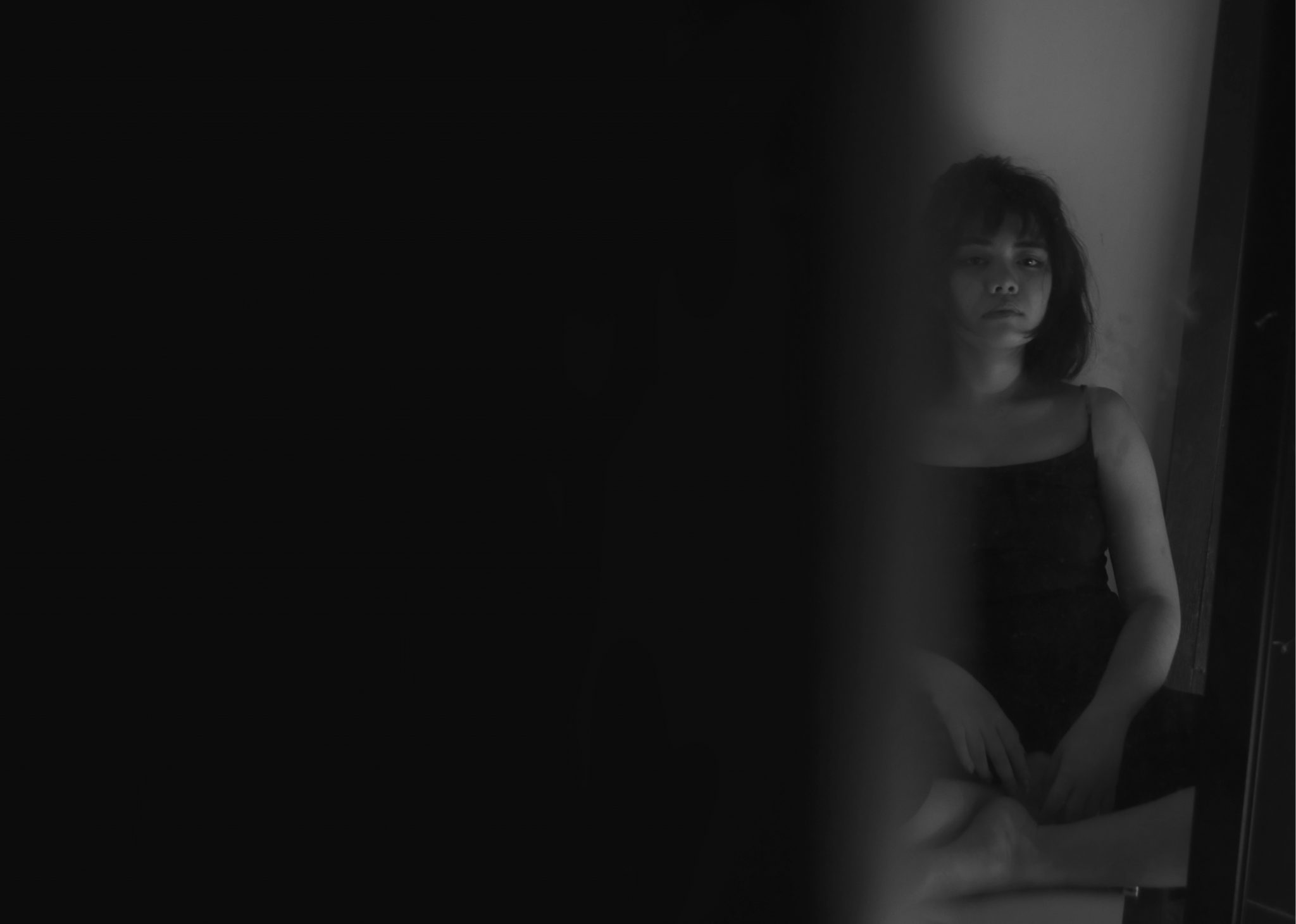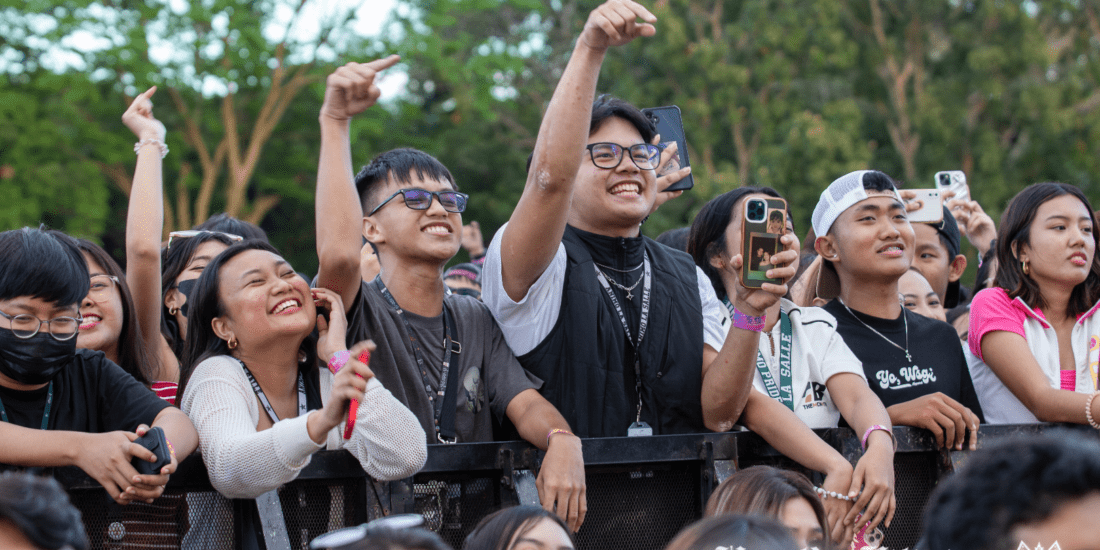The ride to Pride
“I was confused on why I was attracted to men and, at the same time, to women.”
Acceptance feeds our existence, while rejection slowly and silently kills our being. With rejection as the greatest fear for a lot of young people, coming out of the closet is much like walking blindfolded—you can’t see what’s behind you nor what’s waiting in the end—and sooner or later, you won’t know who you are anymore. No matter how many times it’s kept quiet or downplayed, sexual identity and orientation is no “drama” for the youth to simply look over. The struggles are real—and more personal than we ever thought.
Welcoming committee
Uncertainties always pave the way. Totally different from telling your parents about a sleepover or that you failed a class, coming out is a matter of identity. And one’s identity is a sensitive point where being uncertain can cause an ultimate crisis.
“Bea” from CBAA shares her story when she was 17 wherein sexual orientation confusion locked her up in the closet. “I kept on asking myself kung isang phase lang ba ito sa life ko na mawawala na lang bigla. Then when I finally realized that I am bisexual, in-denial ako at first kasi takot ako sa kung ano`ng sasabihin ng [mga] tao sa akin.”
One factor why some people, especially the youth, are afraid of coming out is because they are held down by the fear of judgment. It’s already a given: not everyone welcomes those who are different from the default. More than anything, acceptance is expected from those just within our reach—our own families.
The Journal of Child and Adolescent Psychiatric Nursing identifies family acceptance as an imperative factor in the life among LGBT young adults, predicting self-esteem, social support and an up in youth’s general health.
“The first person I came out to was my aunt and we were in a clinic. Random lang ‘yong pinag-uusapan namin then I started talking about this girl from class who I really liked since first year, and then out of nowhere sinabi ko lang sa tita ko that I’m bi. She didn’t look surprised at all and the exact words she told me were ‘As long as you’re happy, I’m happy,’” Bea shares. It was a sweet turning point in her life to be welcomed by genuine acceptance after battling identity crisis for a year.
Arriving at a point of courage hasn’t been easy for Bea. Coming out is a distorted narrative that must be certain; a sociological and cultural product roaming across society and even our minds. It takes psychology and even philosophy to have and understand what it takes to come out. But if there’s one thing that would make the road easier, it’s acceptance.
What it takes
The illusion that we must fundamentally know ourselves despite all the breakthroughs in this world is bewildering. It’s challenging enough to completely decipher our thoughts, our decisions, and our way of living—especially for the youth. Bound by confusion and anxiety, coming out touches on more serious notes, like mental health.
In a study conducted by Journal of Youth and Adolescence about emotional distress among LGBT youth, discrimination is “accounted for symptoms of depression and risk of self-harm and suicidal ideation.” The condemnation over one’s choice of clothes or way of speaking is already wrong, but when it comes to identity, it’s scarier and way more personal than anything we can imagine. We remember in 2015 when the death of Julia Buencamino, the daughter of renowned actors Nonie and Shamaine Buencamino, surprised the people when she committed suicide at the age of 15.“Be kind to yourselves” was the last statement in her suicide note posted on her Tumblr account. It’s a gruesome wake-up call on how devastating the impact of “queerphobic” people can be, even according to Julia herself.
Coming out has never been easy. If it was, then it wouldn’t have costed Ellen DeGeneres her early career or it wouldn’t have costed Julia’s young life. If coming out was easy, there would be no tears to be wiped. If coming out was easy, it would never have cost anyone’s life. And for many LGBT youth quietly in the stuck in the confines of condemnation, they must remember that they are never alone in the journey.
As a team
The flags are raised higher than ever, as social media greatly supports the LGBT community through awakened tweets and fact-based awareness posts. Media platforms have now become more ubiquitous, birthing separate mediums solely dedicated for the LGBT community like Huffpost’s LGBT website, Gayety, and on a more local scale—TEAM Magazine.
Now that acceptance and inclusivity are highlighted more vividly, more LGBT youths can turn to and rely on social media to decipher the changes they themselves still can’t decode. As social media continues to pioneer an open society and build a realm open to the gender conversation, then so can we outside the screen—and we must.
***
Coming out doesn’t end with the coming out itself. It doesn’t stop with discovering who you are—acceptance is needed to build a supportive community for the LGBT. It doesn’t end with acceptance either. It requires opening the mind of those who refuse to or are not yet capable of doing so. Simply put, the struggle of coming out never ends, but every milestone is worth it.
“Months after coming out, I am now struggling with another identity crisis. This time, I keep contemplating on whether I’m actually a pansexual,” Bea furthers. “Pero sabi nga nila na life is a journey of finding yourself, that’s why I don’t care how long it takes me to know who and what I really am.”
This article was originally published on The HERALDO FILIPINO Volume 32 Issue 2 broadsheet.





